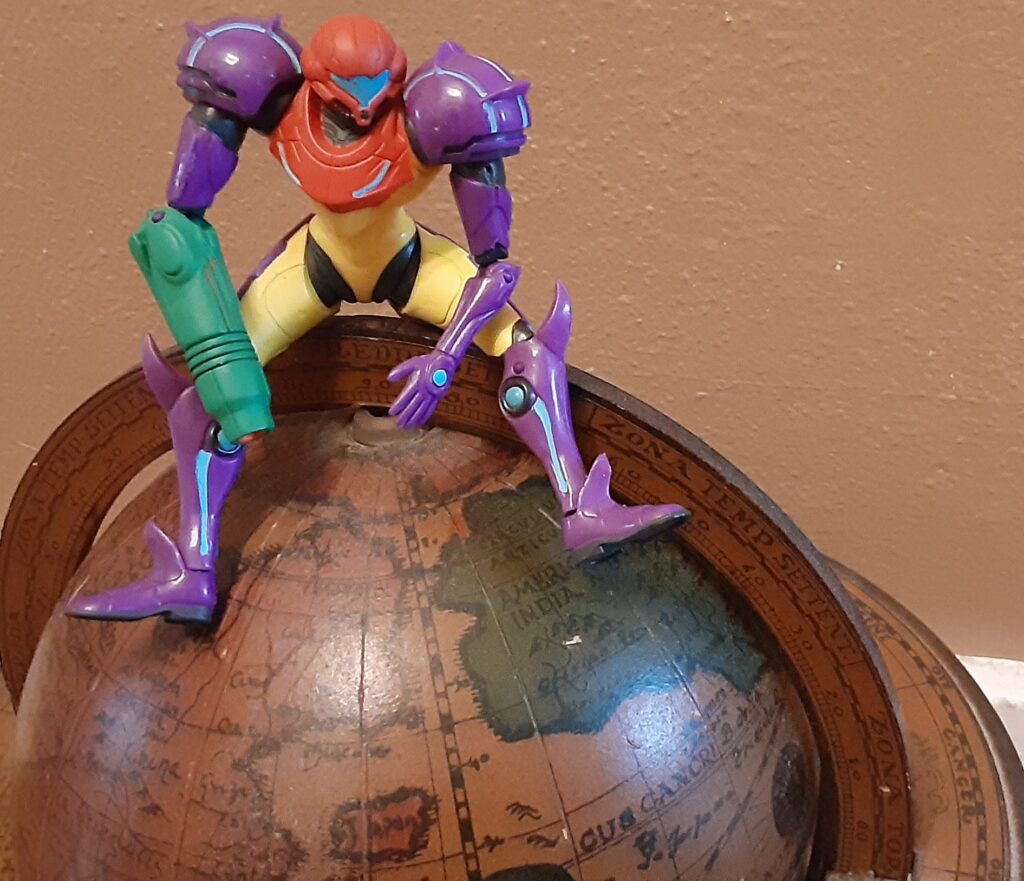As far as the oval in the middle, I see scarcity-fueled desperation as shared by the two. In Squid Game, the scarcity is money. As the title implies, hunger is a primary driver in the Hunger Games. Recall that the potential tributes can have their name put in the hat multiple times and receive food for their families in return for putting the odds even less in their favor.

Both also feature an underdog protagonist but they change in opposite trajectories. Gi-hun is very unlikable at the beginning, but he starts to redeem himself as the games proceed. Katniss is instantly self-sacrificing (although she definitely doesn’t “save the cat”) but she becomes increasingly morally equivocal as the story continues, obviously hardened by the things she has to do and see. There’s also a group of people who enthusiastically watch both Games, completely indifferent to the fact they are viewing (and betting on) real human suffering and death. Squid Game is completely secret save for its contestants, guards/staff, and a small group of VIP’s (maybe not if the cop was able to send his photos – did anyone else think that guy gave James Bond a run for his money? He was probably my favorite character.) but the Hunger Games are mandatory viewing for all of Panem.
Let’s talk about the big differences. Squid Game involves adults playing children’s games to the death and the Hunger Games features children having to grow up immediately and face real threats from both conditions of the game and their fellow tributes. Squid Game is also voluntary and contestants can choose to end the game by majority vote, a far cry from the compulsory Hunger Games. Quickly becoming a classic in the YA dystopian genre, the Hunger Games is set in a distant future barely recognizable as what was once America. Squid Game takes place in modern-day South Korea, which brings me to perhaps the most striking feature: its verisimilitude. The characters are so relatable and we could totally picture normal people doing these things for a chance at that won-laden piggy bank suspended from the ceiling.

There is an abundance of substance in both of these stories, each depicting its own lack of abundance for certain strata of society and the forces that perpetuate and celebrate the divide.
